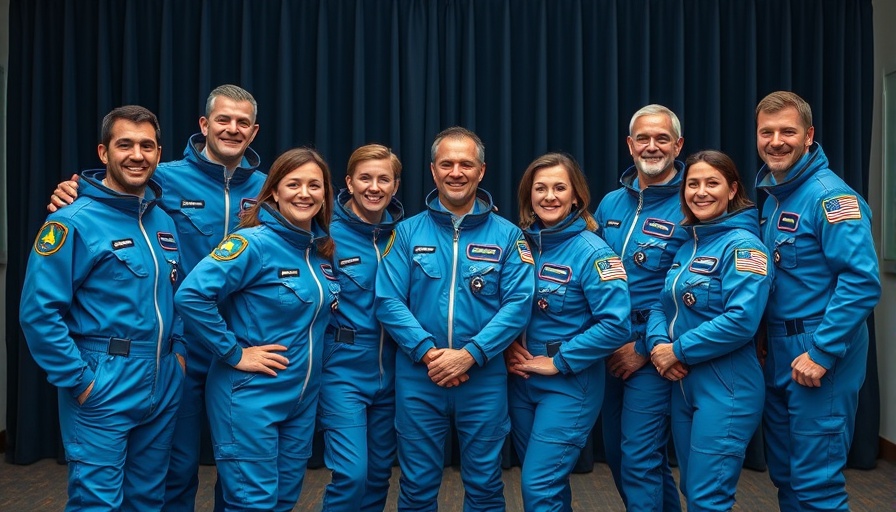
NASA's Astronauts Reflect on Their Starliner Mission
In a recent press conference at Johnson Space Center, NASA astronauts Butch Wilmore and Suni Williams shared their thoughts on the challenges faced during their extended mission aboard Boeing's Starliner capsule. Following a remarkable 286-day stay in space—far exceeding their planned duration of eight days—the duo expressed a shared commitment to see the Starliner project succeed, despite the hurdles encountered.
Unpacking the Starliner Challenges
Wilmore and Williams candidly accepted that their mission, marked by unexpected technical failures, could have been influenced by their own decisions. "I could have asked some questions, and the answers to those questions could have turned the tide," Wilmore admitted, showcasing a level of transparency rare among astronauts. Their mission was initially launched on June 5, but issues with thruster failures and helium leaks forced them to rely on their own piloting skills to navigate the spacecraft to the International Space Station (ISS).
The Impact of Space Missions on Technology
The turbulent timeline of the Starliner mission highlights the intricate relationship between space missions and technological advancement. Each misstep brings on a cascade of refinements aimed at enhancing spacecraft reliability. As seen in this instance, the astronauts’ experiences will likely inform future designs of both the Starliner and other spacecraft, helping to secure both safety and efficiency for future missions.
What’s Next for Boeing’s Starliner?
Despite the setbacks, the astronauts haven’t lost faith in Boeing's capabilities. Williams emphasized the monumental advantages of the Starliner technology. With ongoing modifications planned to rectify past issues, the Starliner could markedly bolster crew transport capabilities, adding another dimension to NASA’s ambition of regular crewed flights.
Political Influences on Space Missions
The extended time Wilmore and Williams spent in space also faced external pressures, including comments from President Trump, urging SpaceX's Elon Musk to expedite the replacement astronaut flights. This scenario exemplified how the political landscape can intertwine with aerospace operations, affecting mission timelines significantly.
Broader Implications for Future Space Exploration
The lessons learned from the Starliner saga carry weight beyond just the technical realm. As private companies continue their entrance into space exploration, understanding and improving crew safety and mission reliability will be essential to gaining public trust. The astronauts’ commitment to the Starliner will likely inspire further investment in space technologies, nurturing innovations that could propel humanity toward more profound cosmic discoveries.
Conclusion: A Leap Forward in Space Exploration
As we stand on the brink of a new era in space exploration, the experience of Wilmore and Williams serves as a reminder that perseverance and accountability go hand in hand. Their renewed faith in Boeing's Starliner is not just about technology—it reflects the very spirit of exploration that drives humans to reach for the stars. As the road ahead unveils new horizons, the dedication of those like Wilmore and Williams paves the way for humanity's next bold leap.
 Add Row
Add Row  Add
Add 




Write A Comment